Bringing Nature Indoors: Enhancing Health and Air Quality
Written on
Chapter 1: The Benefits of Indoor Plants
In recent times, many have found themselves confined indoors due to the pandemic, raising questions about the air quality we breathe. Can houseplants genuinely purify the air?
Here's hoping, as my collection is quite extensive.
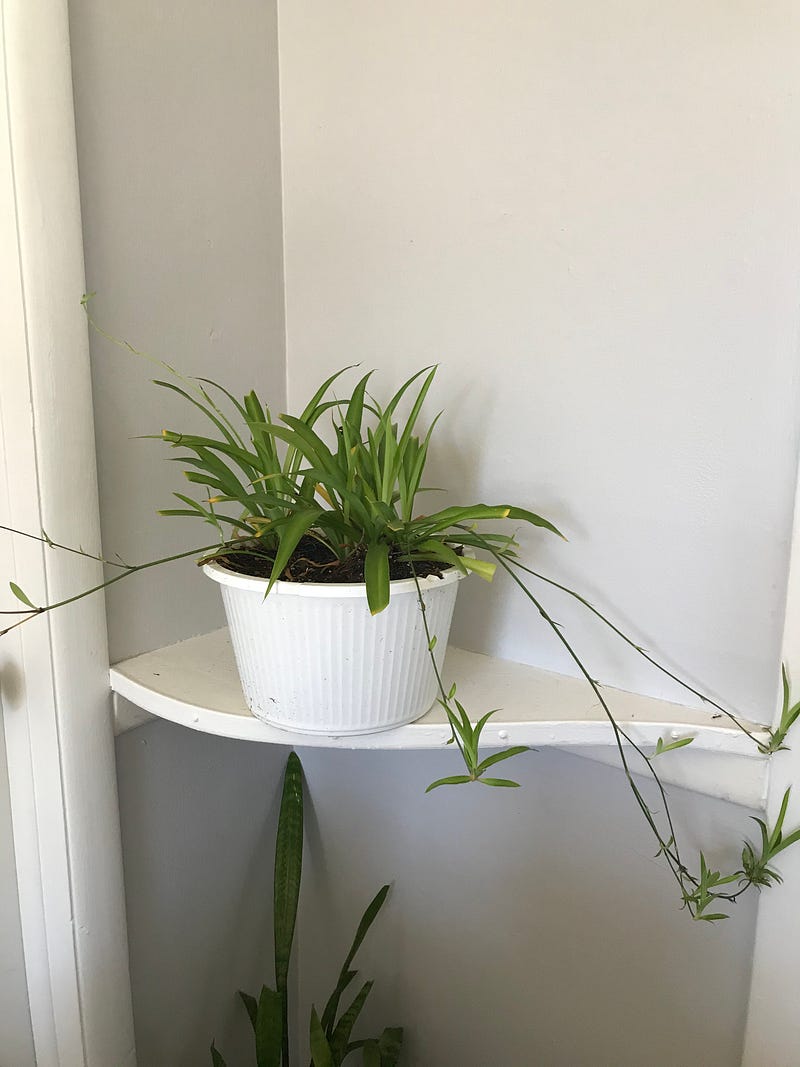
The spider plant is recognized for its air-purifying properties. Photo by author.
However, the reality surrounding this issue is more complex than the initial NASA study indicated.
Before you rush to purchase a peace lily to eliminate all the VOCs (volatile organic compounds) present in your home, let's clarify the facts.
Volatile organic compounds are human-made chemicals commonly found in paints, furnishings, building materials, office equipment, and cleaning agents. These substances release gases even when stored, leading to both short and long-term health issues.
Moreover, the concentration of these gases indoors can be significantly higher—up to five times more—compared to outdoor environments.
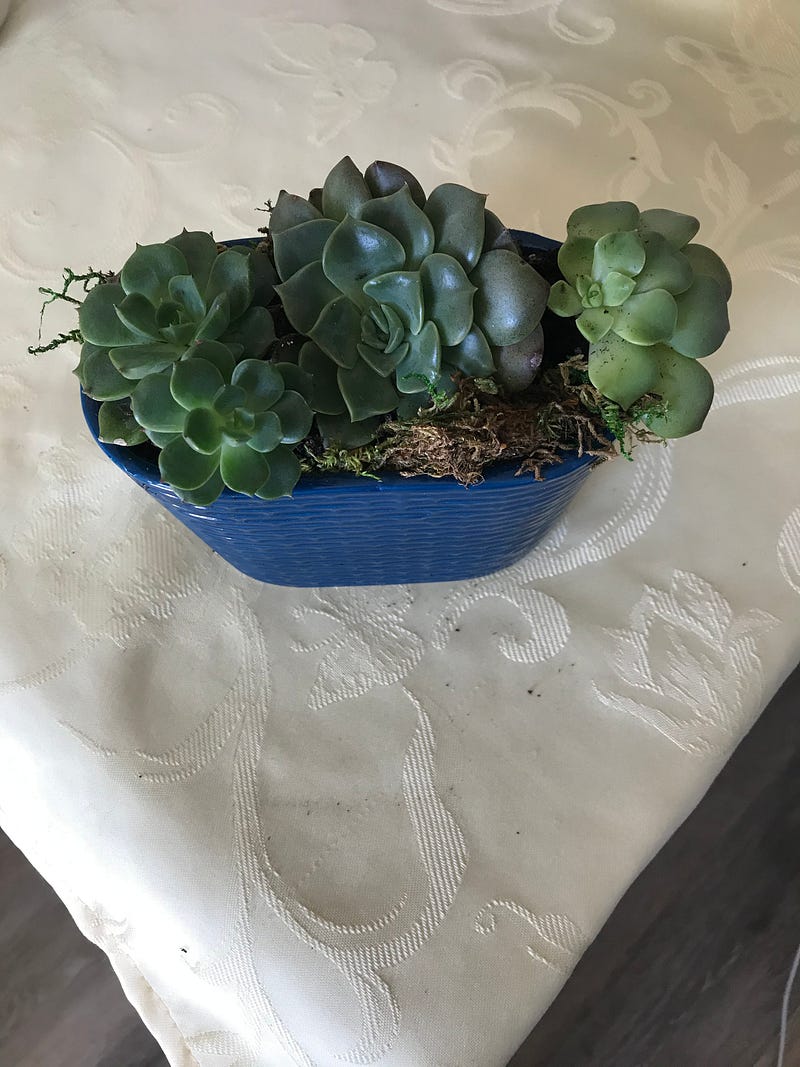
This little succulent on my windowsill brings me great joy. Photo by author.
According to Michael Waring, a professor at Drexel University, he argues in an article for The Atlantic that houseplants do not effectively clean indoor air. For plants to purify the air, the environment would need to be completely sealed off, which is far from the case in most homes.
Every household leaks air; even minuscule openings around doors and windows allow continuous air exchange.
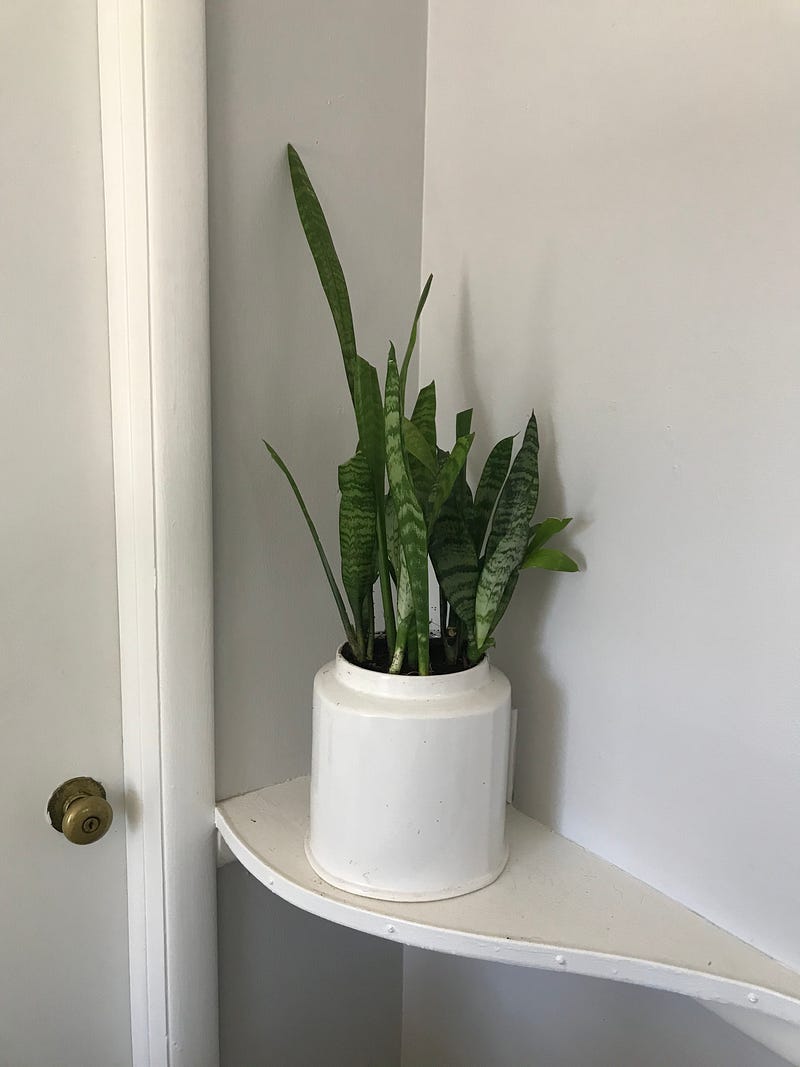
The snake plant was included in NASA’s original list of plants that purify air. Photo by author.
When considering the size of your living space and the items within it, the number of houseplants required to counterbalance the VOCs would equate to one plant for every 20 square feet.
This is impractical, as we all need some space to live comfortably.
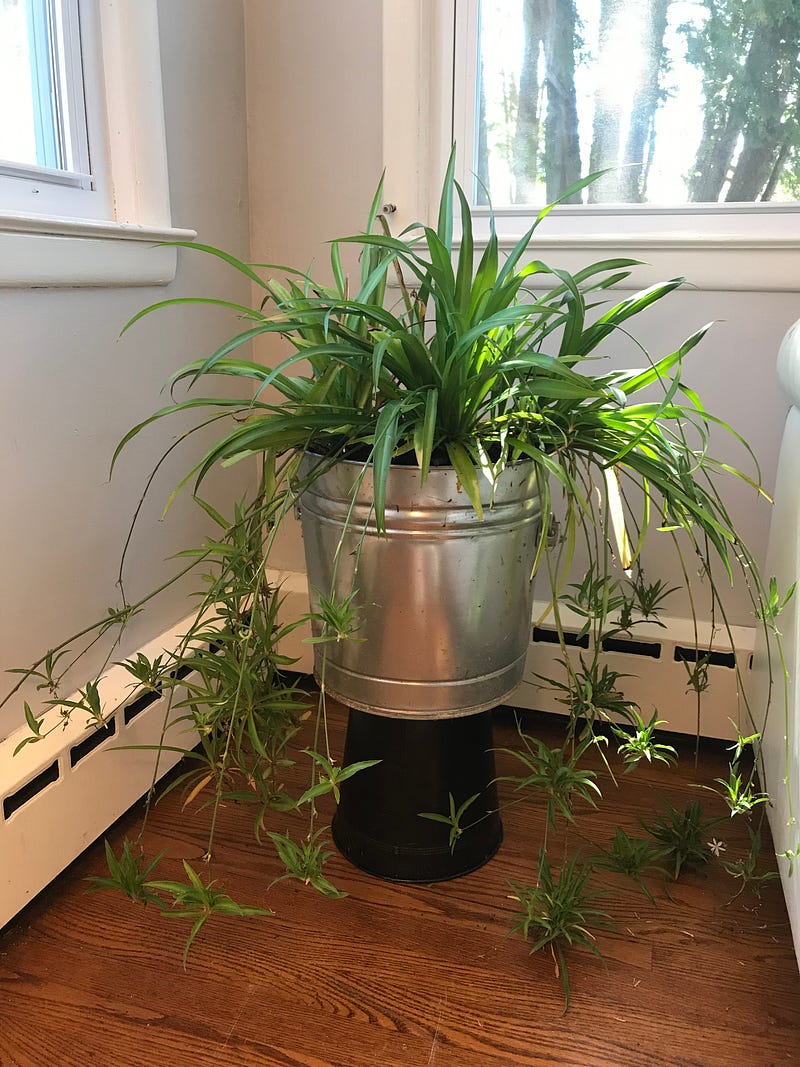
I rescued this spider plant from a dumpster, and two years later, it has flourished abundantly. Contact me if you'd like some of its offspring. Photo by author.
Wolverton and his team continue to investigate the connection between houseplants and indoor air quality. Their research indicates that it is not the leaves that filter out impurities but rather the roots and soil that play a crucial role in air purification.
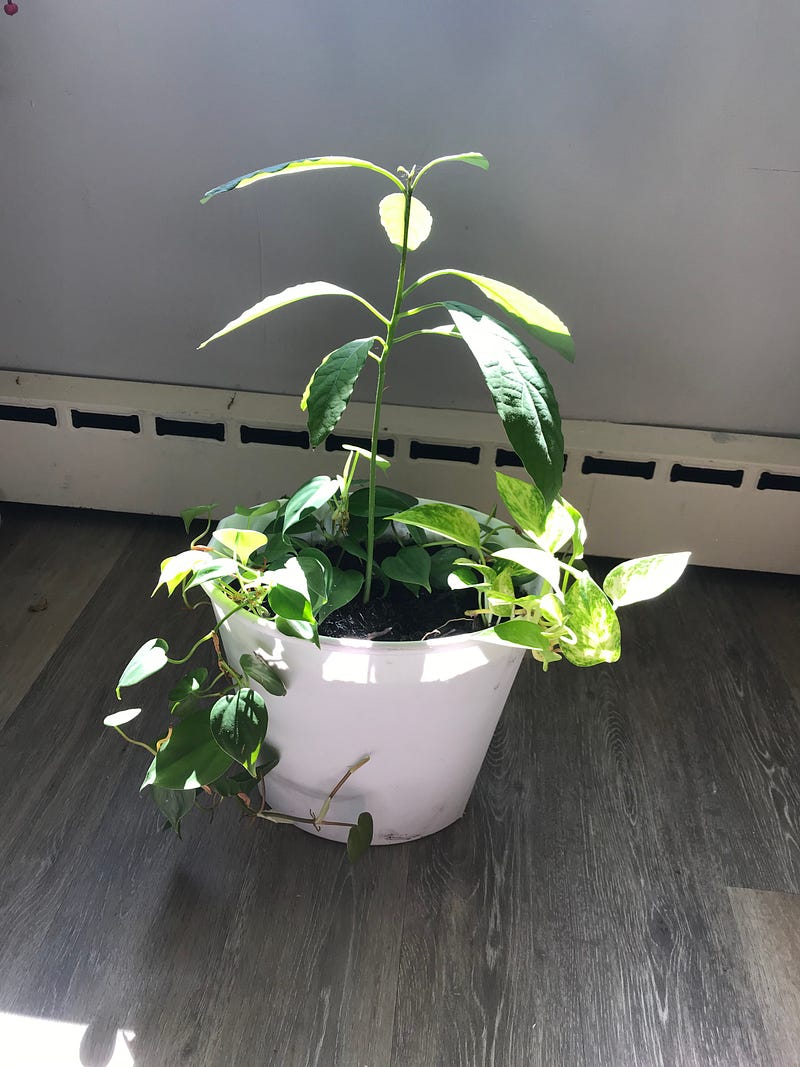
Can you guess what this former trash can now houses? An avocado plant and ivy, both excellent air purifiers. Photo by author.
Innovators in Germany have designed a planter that enhances the ability of roots and soil to filter air.
The AIRY planter is marketed based on the size of the room you want to purify. This innovative planter improves air circulation around the roots, allowing for more efficient pollutant filtration compared to standard planters. While they are German-made and pricier than typical pots from Amazon, I’m curious to hear feedback on their effectiveness as I lack space for another plant in my home.
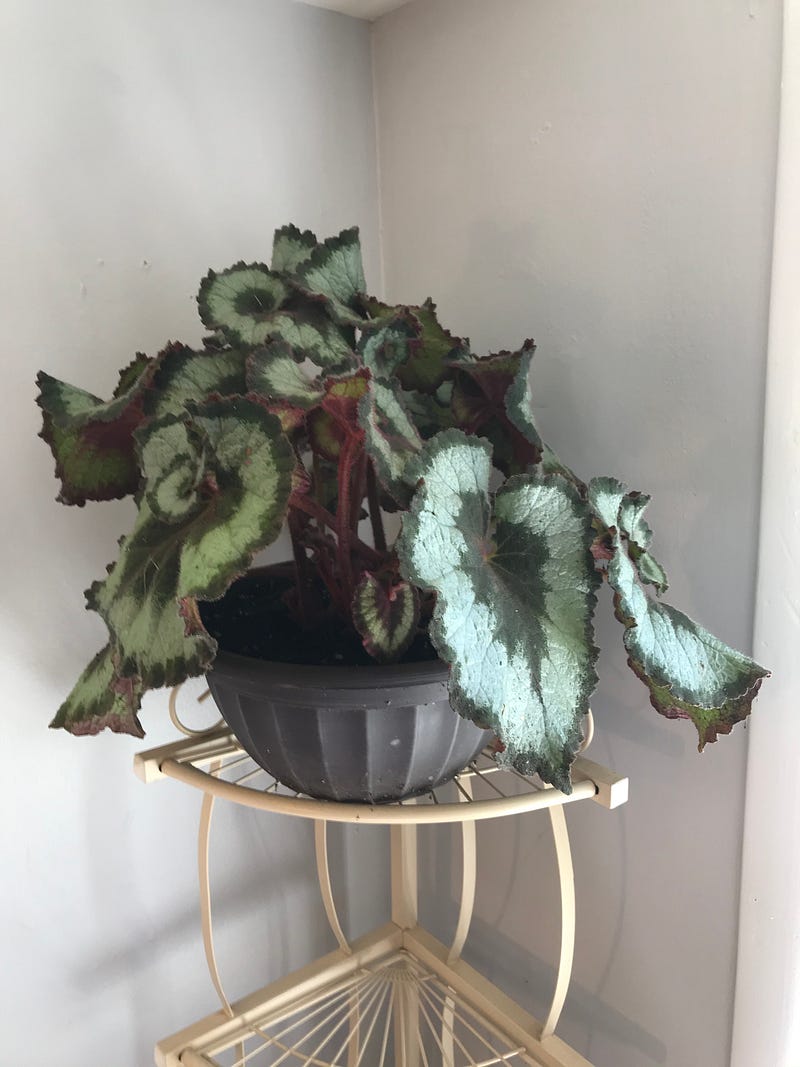
Despite NASA's findings and various scientific studies, the presence of thriving plants undeniably brings a cheerful ambiance to our surroundings.
People, too, benefit from this uplifting environment.
Chapter 2: Integrating Nature into Home Decor
Discover how biophilic design can transform your indoor space by incorporating nature, promoting health and wellness.
Explore techniques for creating a calming atmosphere in your home by bringing nature indoors.